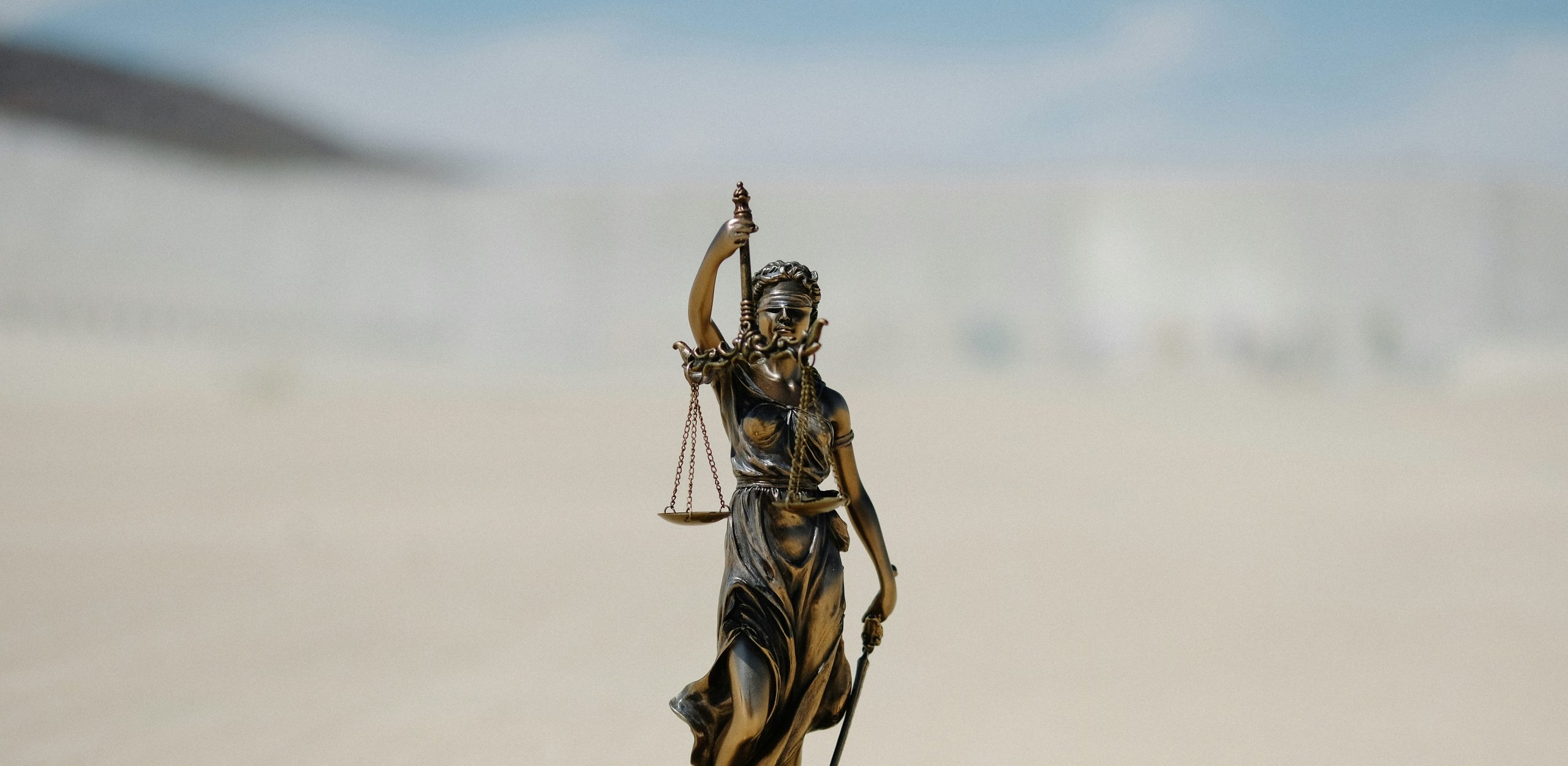Advanced statistical analysis highlights the role of interaction between judges
Supreme Court deliberations happen behind closed doors. Can we peek behind them using the voting record?
Employing techniques from statistical physics and complexity science, Eddie Lee, a postdoctoral researcher at the Complexity Science Hub, along with his colleague George Cantwell of Cambridge University, analyzed U.S. Supreme Court voting data from 1946 to 2021. In the new study published in Philosophical Transactions of the Royal Society A, they find that justices’ decisions are significantly shaped by interactions within the court.
INTERACTION MATTERS
The Supreme Court serves as the highest judicial authority in the USA, comprising nine lifetime-appointed judges. Tasked with upholding the US Constitution and ensuring judicial independence, the decisions made by the Supreme Court cannot be appealed to any other court within the USA, highlighting the broad impact of its votes.
“Many approaches for studying the voting behavior of the US Supreme Court assume justices’ decisions are given by personal views based on the particulars of the case. In reality, judges interact, and our results show these interactions matter,” explains Lee.
MORE THAN LIBERAL VS. CONSERVATIVE
In previous studies, Lee and colleagues have modeled Supreme Court voting as magnets aligning or counter-aligning, similar to ferromagnetic or anti-ferromagnetic interactions. In the new work, the researchers also account for the context of the case in which the judges are making their decisions.
“With our new method, we introduce a sophisticated model that checks what might be lacking in existing models. Unlike standard analyses centered on ideological leanings, our approach finds a smoking gun—the court’s decisions result from a complex process of negotiation and influence,” says Lee. These results underscore the importance of the complex web of interactions among justices in interpreting the court’s decisions, challenging the widespread focus on the liberal versus conservative divide.
TRUSTING DECISION-MAKING BODIES?
This research emerges amidst growing public distrust in the judiciary, especially concerning its impartiality and integrity.
“Can we predict the next votes in the Supreme Court? Definitely not. That’s not the point of this model. The point is to shed light on the hidden dynamics within decision-making bodies such as the Supreme Court,” emphasizes Lee. “We think this is important because we have a need as a society to understand how decisions are made. If we only see judges as a bunch of greedy people voting for personal interests, then it is hard to trust in the system,” says Lee.
By providing a clearer lens through which to view the decision-making process of the Supreme Court, Lee and Cantwell’s work contributes to a deeper academic understanding of the Supreme Court’s internal dynamics. The basic research will support improved measures for judge bias, which inform discussions around the court’s role in American democracy.
About the study
The study “Valence and interactions in judicial voting” by E. D. Lee and G. T. Cantwell has been published in Philosophical Transactions of the Royal Society A (doi: 10.1098/rsta.2023.0140).

